“Kcra, Kcra, Kcra”
This is what the trotro mate, (the driver’s wingman – so to speak) while hanging out the side of the van, yells when passing by a station so that people know he is going to Accra.
We only had a couple days left in Ghana and for the past week we had all been trying to figure out how best to use them… Can we get all the way up to Burkina Faso? Can we make it to mole national park in the north? How crazy would we be to go to Cote d'Ivoire? We finally decided that to go anywhere far away would just be too much. Besides, we had lived in Accra for four and a half months and we had still so much of the city to see. So Miriam and I set off to the center of the city – not having a plan and barely a destination. But the places we went, the people we met, and the things we saw… well, I wouldn’t trade them for anything. And so, here they are, my last days in Accra, the Accra adventures – the lasting impressions…
Thursday, Dec. 11, 2008
Miriam and I had both been to the art market near Tema station before. It’s a tourist trap. A place where you can buy Kente cloth without ever visiting Kumasi, overpriced drums and figurines, masks that have never been worn, and swords of all kinds. As soon as you step into the dirt parking lot you are bombarded with offers. People from all directions swarm to you with their beaded jewelry and instruments. Although the market is well done - each vendor has their own stall under a high, wooden roof – it is still intimidating.
We got off at the Tema Trotro station and started walking. We couldn’t remember exactly where the center was, but we decided to follow our noses until things began looking very unfamiliar. We stopped to ask for directions from an older man who spoke very little English. He understood “art center” and our hand gestures of drums and paintings. He spoke quickly and pointed with both hands. Left then right? Right then left? Follow which road? He could see the confused expressions on our faces. We started to laugh and he motioned for us to follow him. In typical Ghanaian fashion, he walked with us until he could point us in exactly the right direction and then turned back and continued along his own path.
We made it to the market unscathed and began our search for small brass weights. We had bought a children's book that explained how and why these small figurines were made and wanted to find some of the small weights to go with the book. We worked our way to the back of the market and settled on a small stall where we could practice our Twi negotiating skills.
“Me pe baako” – I want only one. “Oh me adamfo. Te so” – Oh My friend. Reduce the price. The awura (seller) laughed at our broken use of his language, impressed at our knowledge. And so the bargaining began. He gave us a price. “Ahh (it’s important to pretend to sound shocked) Dabbi Dabbi Dabbi” – It’s too much. Too expensive. We gave him a counter offer. “Oh my sister’s 5 cedi? It’s no good. No good. 10 cedi is good. 5 cedi is no good.” We finally settled on a price for our small figurines, laughing and joking the whole time.
“What about some ‘giggy giggy’?” He pointed to the small statues of men and women in compromising sex positions. Miriam and I looked at one another and started to laugh. “what? You no want giggy giggy? I give you good price”. “My brother” I replied, “giggy giggy to so” - ‘to so’ is one of the most important expressions. It literally translates into ‘add a dash’. For example if you are buying 10 tomatoes and say ‘to so’, the seller will usually add a couple extra free of charge. He started laughing and couldn’t stop. I don’t think anyone has ever asked him to add a dash of ‘giggy giggy’. We waved goodbye and kept working our way to the back of the market.
The farther back we went, the more friendly and easy going the people seemed. There was less pressure to buy things and we weren’t noticed quite as much. People were busy chatting and working away. We made it to the last stall in the back. It lined a dirt trail that continued behind the market area. We kept walking. Before we knew it, we had entered a small village-like community. Who knew there were people living behind this popular tourist destination we had been so many times before? There were small doorless shacks with people building drums, a tiny bar where a group of men where having drinks on plastic chairs. There was even a soccer game going on right on the edge of the bluff with a beautiful view of the ocean. This next to a huge trash dumping ground to our left and a couple of chickens and goats running around. We just stood there for a minute in awe of our surroundings.
Right in front of us there was a group of about 5 children between the ages of 3 and 7. They were forming a line for something. Then, in an instant, one of the older children raced buy us, pulling an old beaten up suitcase behind him. The top flap had been torn off so that it was no longer a suitcase but a wagon. Sitting inside the wagon/suitcase was a small child no older the four. Sitting on her knees and holding on to the sides of the suitcase - hanging on for dear life. Smiling from ear to ear. The other children were lining up to be pulled in the suitcase. They whizzed back and forth in front of us, taking turns pulling and being pulled - Laughing all the while. It’s one of those images that will be forever burned in my memory. Wherever you go, kids will always be kids.
After walking around a little more, saying hello to all of the people, showing off our Twi, we began to head back to the art market. We walked by a young man who looked uncannily familiar. “Doesn’t he kind of look like Aruna?” Miriam asked. “That’s funny. I was just thinking the same thing.” It wasn’t Aruna. But it was his best friend. Someone we had heard much about, but never met.
To be continued…
Sunday, February 8, 2009
Subscribe to:
Post Comments (Atom)
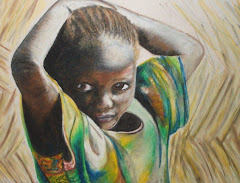
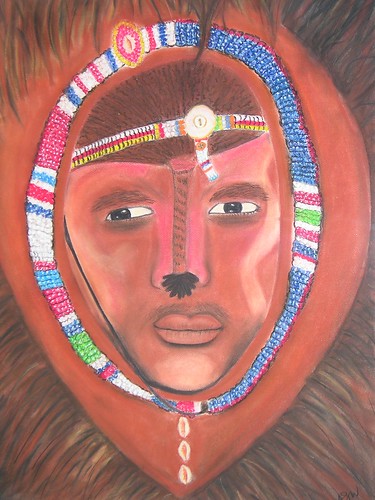

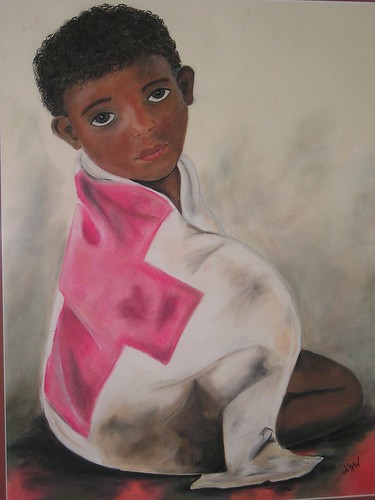
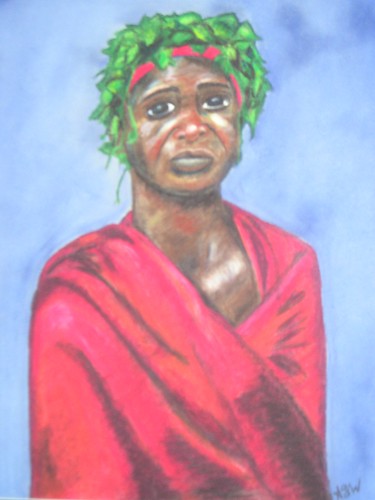
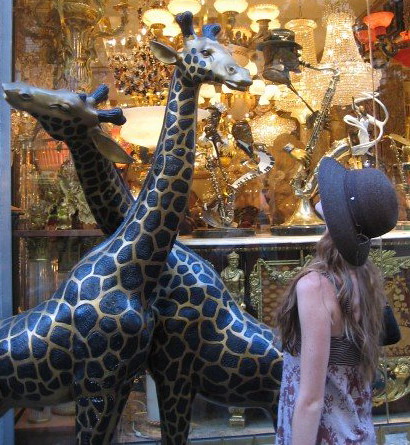
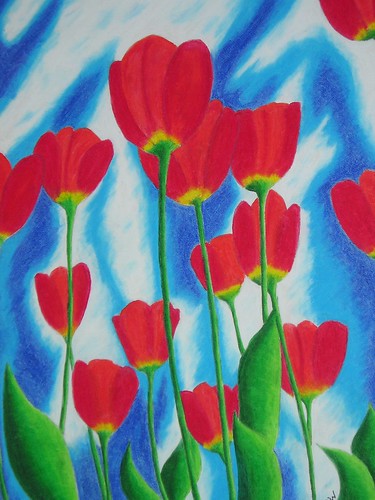
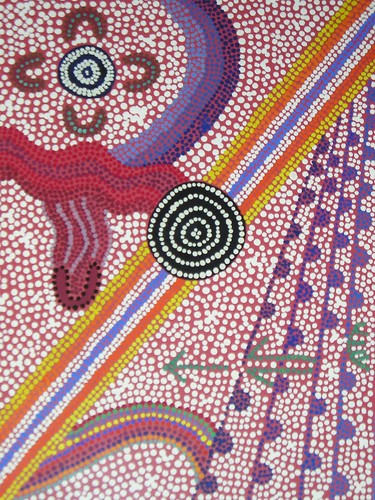
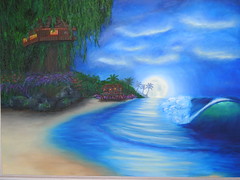
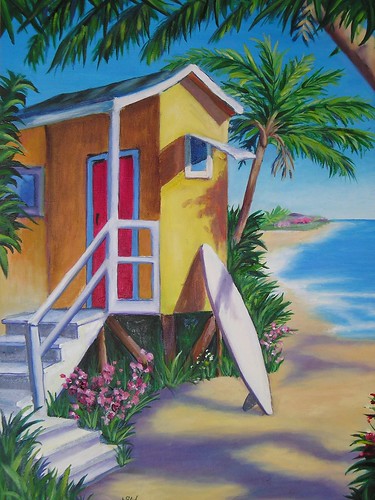


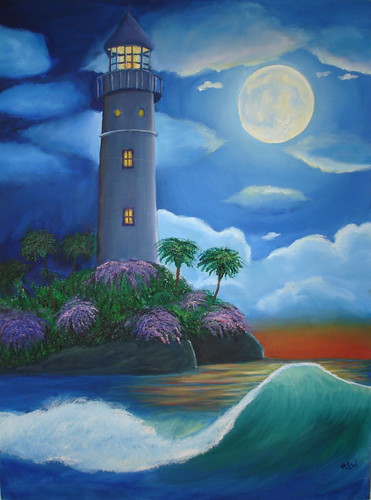
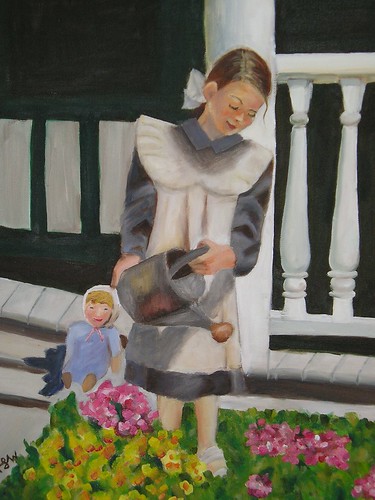
1 comment:
Hi, that was wonderful I can so picture it the kids the shops...thank you for giving me a moment back in Ghana. Love daddio
Post a Comment